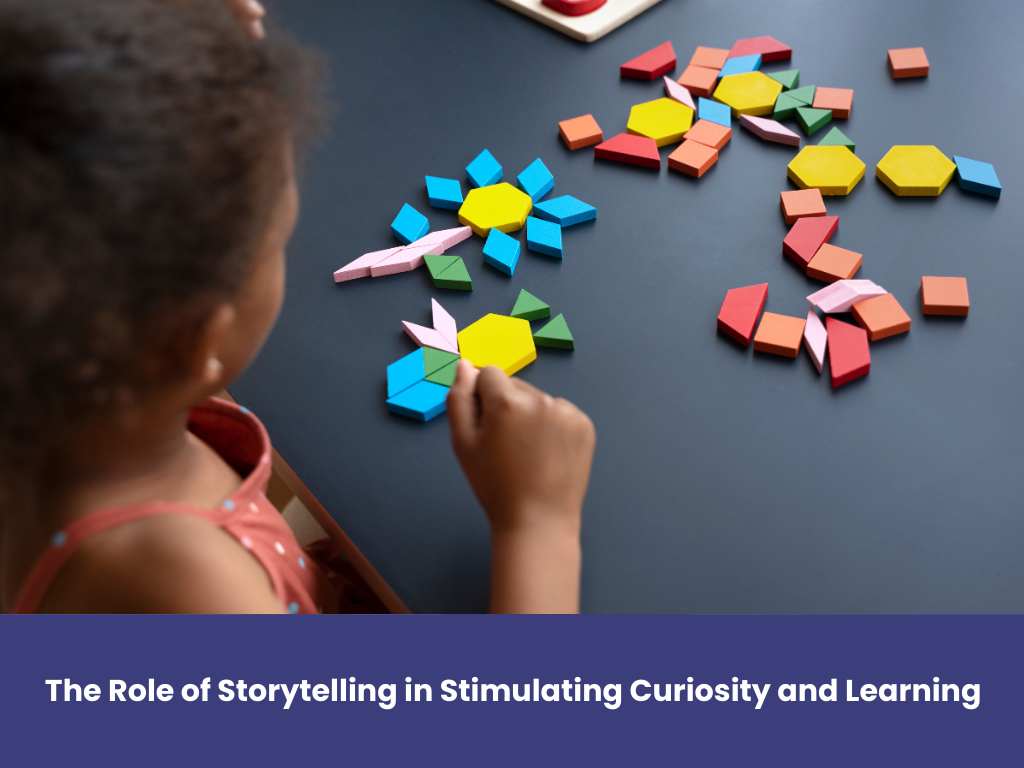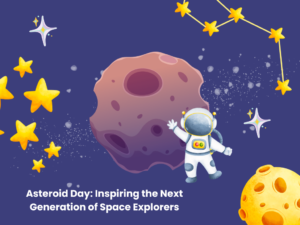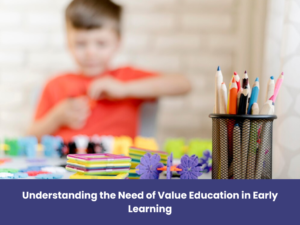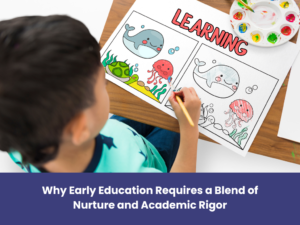In the ever-evolving landscape of education, storytelling emerges as a powerful tool, transcending mere entertainment to become a fundamental means of enhancing learning and stimulating curiosity among learners of all ages. In the bustling classrooms of The Navyandhra School, one of the best preschool in Gurugram, the age-old art of storytelling is not just preserved; it’s an integral part of the educational framework. This article delves into the multifaceted role of storytelling in education, exploring its psychological underpinnings, its application across different educational stages, and the tangible benefits it offers in cultivating a rich, engaging learning environment.
The Psychological Foundations of Storytelling
At its core, storytelling is an intrinsic human trait. From ancient times, narratives have been used to encode knowledge, share experiences, and transmit cultural values. Psychologically, stories are a unique vehicle for learning because they are naturally engaging. They activate multiple parts of the brain, not just the areas concerned with language processing. When we listen to stories, our brains simulate the events being described, creating a rich sensory experience. This neurological activity can help to enhance understanding and retention of information.
Stimulating Curiosity through Narrative
Curiosity is a critical component of learning. It motivates students to explore new topics and persist in the face of challenges. Storytelling can stimulate curiosity by presenting information in a way that is not only accessible but also intriguing. For example, a well-crafted story can introduce a problem or question that compels listeners to seek out more information, turning passive learning into an active discovery process.
Moreover, stories can introduce complex concepts in a more digestible format. By embedding information within the context of a narrative, educators can help students see the relevance of abstract concepts. This contextual learning makes it easier for students to make connections between new ideas and their existing knowledge, a process which is central to curiosity and learning.
The Role of Storytelling in Early Childhood Education
In early childhood education, storytelling is particularly potent. Young children are naturally imaginative, a trait that stories directly appeal to. Through stories, children learn to empathize with characters, understand sequence and cause-effect relationships, and develop their vocabulary and comprehension skills.
Educators can harness storytelling to teach basic concepts such as numbers, colors, and shapes, as well as more complex social skills like cooperation and patience. For instance, a story about a group of animals working together to solve a problem can model teamwork and problem-solving in a way that children find relatable and engaging.
Enhancing Engagement in Primary and Secondary Education
As students progress to primary and secondary education, the role of storytelling evolves. It becomes a tool not just for delivering content, but also for developing critical thinking and analytical skills. Historical narratives, for example, can provide a framework for discussing cause and effect, change and continuity, and perspective-taking.
In science education, stories about the discoveries of past scientists can humanize the scientific process and demonstrate how inquiry leads to knowledge. Such narratives not only convey historical facts but also model the curiosity-driven research process. They show that scientific knowledge is not just a collection of facts to be memorized, but a dynamic and ongoing quest for understanding.
Storytelling in Higher Education and Adult Learning
In higher education and adult learning, storytelling can be used to bridge the gap between theoretical knowledge and practical application. Case studies are a form of storytelling often used in business and law schools, where students explore real-world scenarios in a narrative format to develop decision-making skills. These stories help learners to think critically about the material, apply theoretical knowledge in practical contexts, and engage deeply with the content.
Digital Storytelling: A Modern Adaptation
With the rise of digital media, storytelling has taken on new forms. Digital storytelling incorporates multimedia elements such as images, sound, and video, making stories even more engaging and accessible. In educational settings, digital storytelling can be an effective way to appeal to students who might be less engaged by traditional teaching methods. It also offers students a way to express their understanding creatively, whether through creating their own stories or interpreting others’.
Conclusion
Storytelling is not merely a form of entertainment but a fundamental educational tool that enhances learning and stimulates curiosity. At The Navyandhra School, one of the top day-care in Gurugram, storytelling is not just an educational tool; it is a celebration of knowledge, culture, and the unending quest for learning. From early childhood through adult learning, narratives offer a unique way of exploring concepts, raising questions, and connecting with material on a personal level. By harnessing the power of stories, educators can transform passive learning into an active and deeply engaging process, preparing students not just to acquire knowledge, but to continuously seek it throughout their lives.




